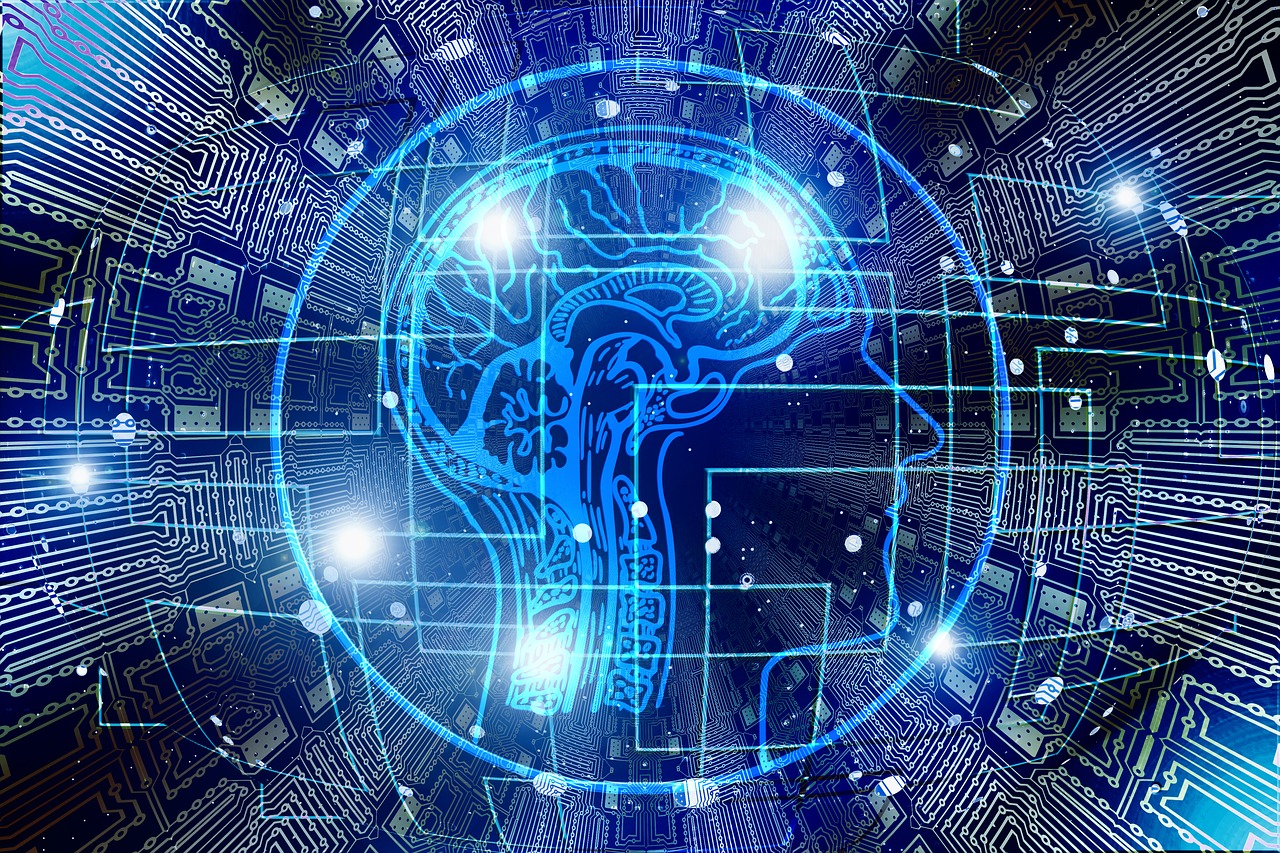
Nowadays, AI has attracted attention so much that there is no day when it is not heard in various media.
This technology is very familiar. This technology is used in various places such as robot vacuum cleaners, smart assistants for smartphones, unlocking with face / fingerprint, automatic translation, displaying recommended products for online shopping, and spam mail filtering.
This page describes the outline, history, and recent trends of AI.
Overview of AI
Artificial intelligence is a technology and a field under research that realizes human intelligence on a computer.
AI is an abbreviation for Artificial Intelligence.
The aim of AI is “It learn, guess and judge, just like human beings”.
Approach to AI research
The approach to research is to understand by constructing intelligence constructively.
It is an opposite approach to brain science, which is to understand the brain scientifically and analytically.
In other words, it is an approach to discover the principle of human intelligence and then realize it with a computer.
Types of AI
There is a definition of “Strong AI” and “Weak AI” as one method of classifying AI.
- Strong AI
- It has a self-consciousness like a human. It can learn, guess and judge, and perform tasks that require full cognitive ability.
It has not been realized yet. But, It is said that the technology called deep learning has the potential for Strong AI.
- It has a self-consciousness like a human. It can learn, guess and judge, and perform tasks that require full cognitive ability.
- Weak AI
- It doesn’t have a self-consciousness like a human and fully conginitive ability. It can perform certain tasks automatically. It cannot respond to unexpected situations. In other words, it can replace only part of human intelligence.
The current AI is all this AI.
- It doesn’t have a self-consciousness like a human and fully conginitive ability. It can perform certain tasks automatically. It cannot respond to unexpected situations. In other words, it can replace only part of human intelligence.
Levels of AI
Currently, what is called AI can be divided into the following four levels.
- Level 1
- It can work with a simple conditional branch.
- e.g. Air conditioning program that changes the air volume according to room temperature
- Level 2
- It’s a classic AI. It infers and searches for tasks with a wide variety of inputs and outputs.
- e.g. Chess engine to search the best move and Cleaning robot
- Level 3
- It utilizes machine learning. It automatically learns rules based on the given data.
- e.g. Search engine, Recommended functions at online shops and Automatic translation
- Level 4
- It utilizes deep learning. It is machine learning that learns the data itself to use.
- e.g. Autonomous driving and Person detection function in surveillance camera
By-product of AI research
As a by-product of trying to create a strong AI, the following weak AI has been created. It makes people’s lives convenient.
- Voice recognition
- Character recognition
- Natural language processing
- Search engine
The future of AI
With the development of AI, AI can replace the work that humans are doing now. Therefore, society is expected to become more convenient and change significantly.
Furthermore, according to one theory, it is said that “Singularity” that artificial intelligence exceeds the capabilities of the human brain will be in 2045.
We describe the history of AI from the past to the future in the following knowledge.
